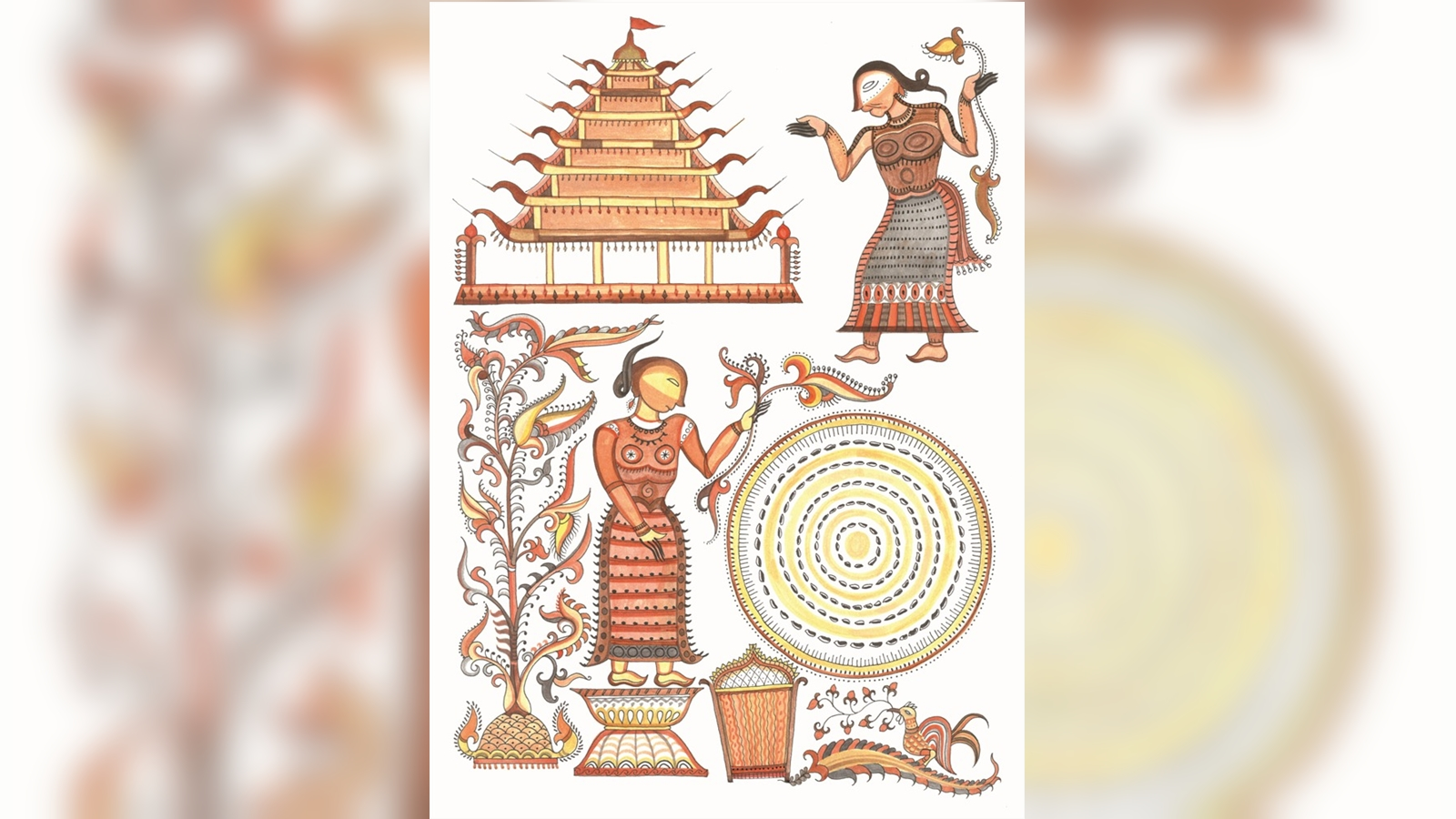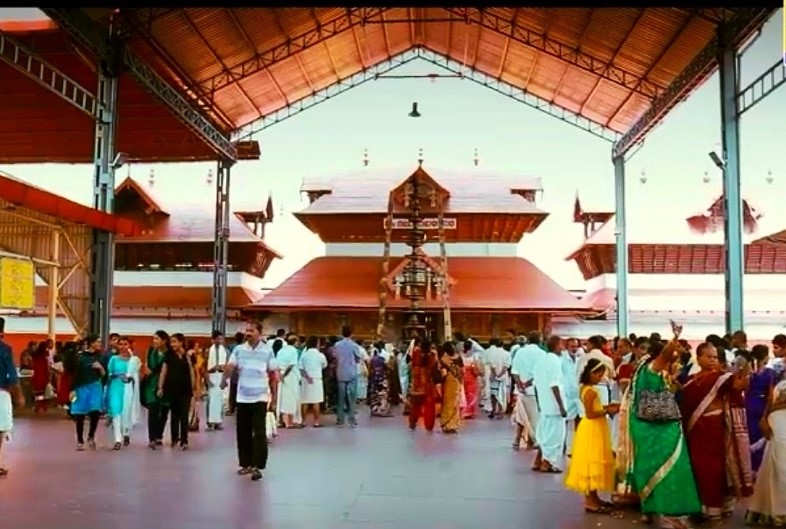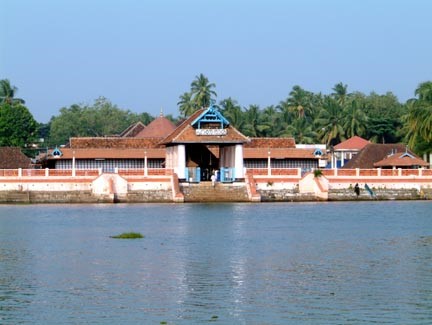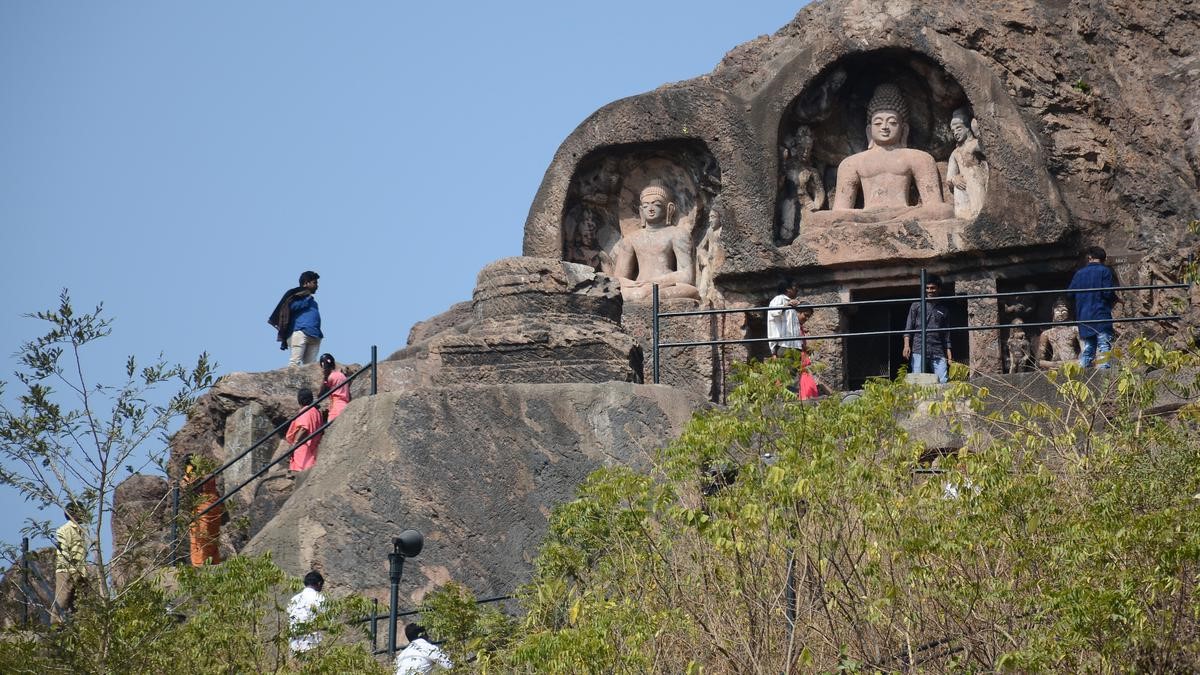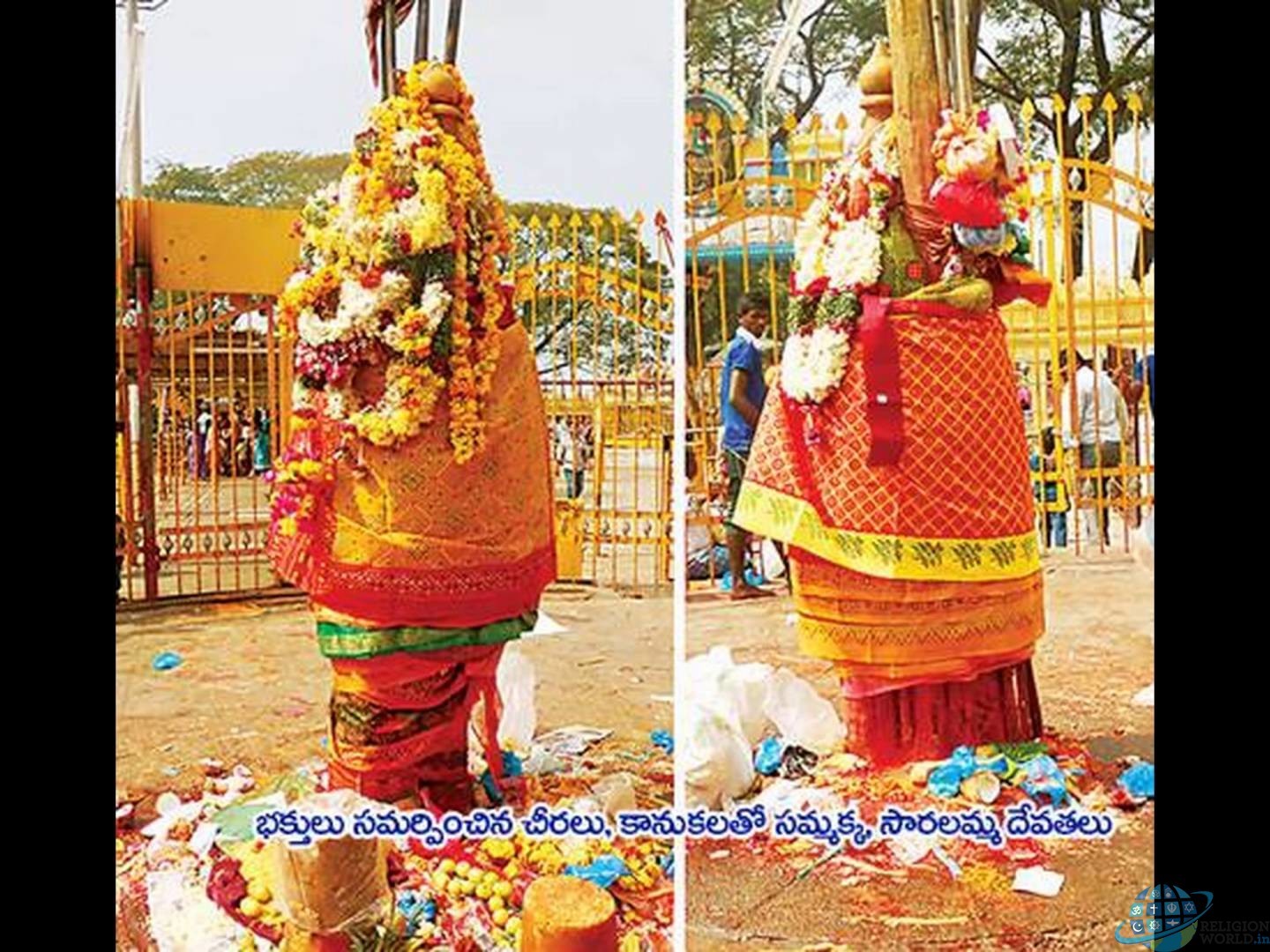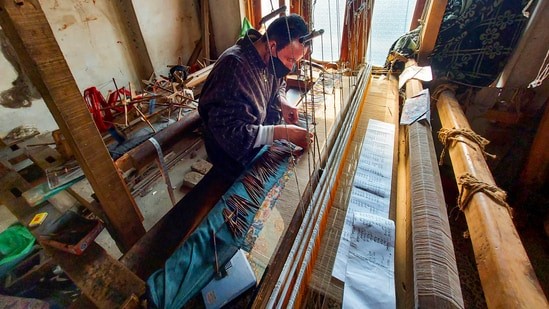Description
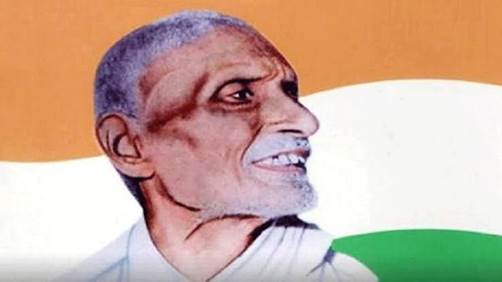
Disclaimer: Copyright infringement not intended.
Context:
- PM tweeted, “I pay homage to the great Pingali Venkayya on his birth anniversary. Our nation will forever be indebted to him for his efforts in giving us the Tricolour, which we are very proud of. Taking strength and inspiration from the Tricolour, may we keep working for national progress.”
- Born on August 2, 1876, he was a freedom fighter, educationist, writer and polyglot besides being a nationalist and true patriot. Such was his patriotism that he reportedly said that his last wish was to be draped in the Indian flag
Who was Pingali Venkayya?
- Pingali Venkayya belonged to a traditional Telugu Brahmin family.
- Born in a small village near Machilipatnam, Venkayya studied in a Hindu high school in Madras. He would go on to pursue his further education at the University of Cambridge in England.
- He developed a taste for geology and agriculture but was keenly interested in being an educationist, linguist and writer.
- In fact, Venkayya was fluent in many languages, including Sanskrit, Urdu and Japanese. His fluency in Japanese earned him the name of “Japan Venkayya.”
- At the age of 19, Venkayya joined the army during the Boer war. It was during this stint in the British Army that Venkayya met Gandhi Their association would last over 50 years.

The evolution of the Indian flag’s design
- From 1913 onwards, Venkayya used to regularly attend Congress sessions and actively participate in them. He even presented the leaders with a possible design of what would eventually become the Indian national flag.
- He wrote a book titled “National Flag for India,” which was published in 1916. The book showcased thirty designs of what could make the Indian flag.
- Throughout all Congress sessions between 1918 and 1921, he relentlessly put forth the idea of having a flag of our own since that would resonate with the people and develop our own identity. Back in the days of the freedom struggle, the flag would also give rise to the spirit of independence.
- In 1921, Venkayya presented the first draft design of the flag to Mahatma Gandhi at the AICC session held at Bezwada. Besides Gandhi, several other national leaders attended the event, which is often described as a turning point in the history of India’s freedom movement.
- After a few rounds of changes, Venkayya’s design was adopted as the final Indian national flag just before independence in 1947.
- The first draft designed by Venkayya had two predominant colours: green and red. On top of them was a spinning wheel of the Gandhi Chakra in blue. Before being accepted as the Congress party's flag, the colour red was replaced with saffron and the colour white was also added. The design of the Chakra was also changed, and it now sat on the white strip between the saffron and green bands.
- Later, the Gandhi Chakra was replaced by the Ashoka Chakra when the design for the tricolour was finalised.
The legacy
- Venkayya was posthumously honoured with a postage stamp in 2009 for his contribution to the Indian freedom struggle.
- In 2014, his name was also brought up for the Bharat Ratna. In 2015, the then Urban Development Minister, M Venkaiah Naidu, renamed the AIR Vijaywada after Venkayya and unveiled a statue on its premises.
https://www.pib.gov.in/PressReleasePage.aspx?PRID=1847210
1.png)








